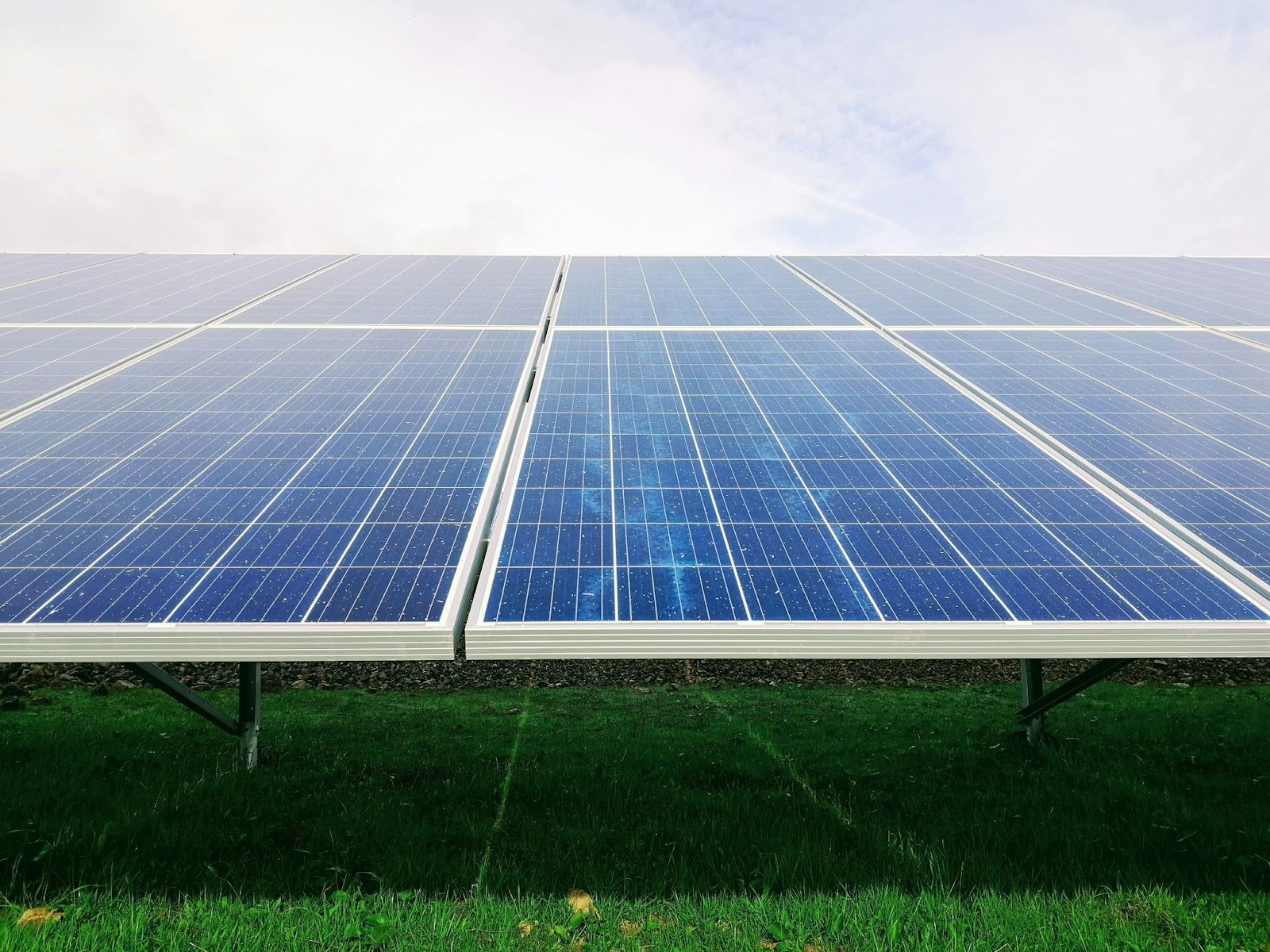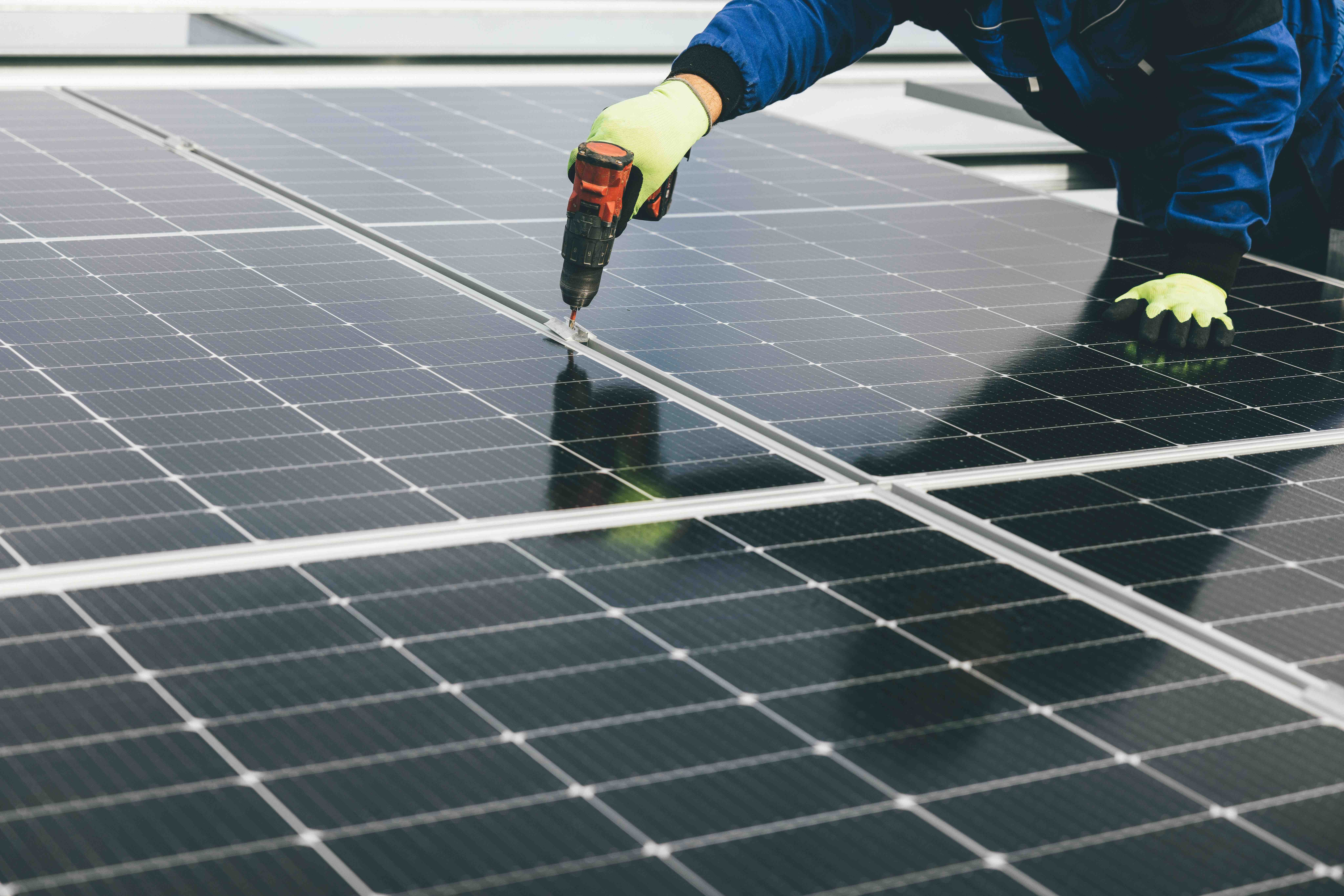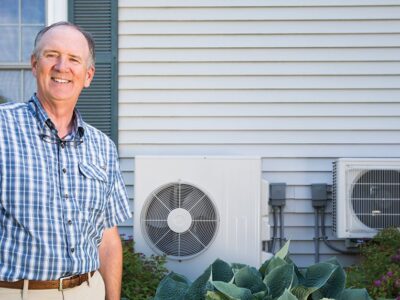The Inflation Reduction Act (IRA) of 2022 was the largest single investment in climate and energy in United States history. Understandably, the comprehensive legislation has had sweeping effects on dozens of industries and businesses since it was passed, and the full scope of its impact has yet to be fully understood. However, what can be understood is that a new era of energy — renewable, clean, sustainable energy — is here, and it’s here to stay.
The IRA has certainly been a key factor in this clean energy transition, providing approximately $370 billion worth of solar, wind, and electric vehicle subsidies. But the transition might best be likened to a phrase borrowed from Ernest Hemingway in The Sun Also Rises: it came “gradually and then suddenly.”
According to the International Energy Agency (IEA), clean energy investments increased almost 50% between 2019 and 2023, the most recent annual tally of which reached $1.8 trillion.
This steady rise in renewable energy startups, investments, and technologies means there has also been an increase in the numbers, percentages, and other statistics related to the clean energy transition. So keep reading to learn about a few of those numbers worth remembering — from clean energy job numbers to billion-dollar funds.
142,000 Clean Energy Jobs

Photo Courtesy David Clode
According to the U.S. Energy and Employment Report, 142,000 clean energy jobs were added to the U.S. economy in 2023. Accounting for industries like wind, solar, nuclear, and battery storage, that total represents a 4.2% increase from the year before. In 2022, clean energy jobs rose 3.9% from the previous year, demonstrating that the industry’s growth rate is still increasing year over year.
This growth rate is also more than double the country’s overall total of 2%. One of the biggest employment sectors within clean energy that contributed to the newfound growth was solar installation, specifically utility-scale and rooftop solar, which added more than 18,000 jobs alone.
1,000,000,000+ Funds
A billion-dollar funds are no small commitment. Yet, despite that, billion (or multi-billion) dollar green funds centered around clean and renewable energy have definitely become somewhat of a trend.
Instead of listing all of them, which would be very difficult, here are a few standouts:
- The IKEA Foundation and the Rockefeller Foundation launched a $1 billion fund to increase access to renewable energy in developing countries.
- Amazon founder Jeff Bezos’ Bezos Earth Fund made a $10 billion commitment to fund the fight against climate change.
- Multinational energy company RWE AG raised $2 billion to invest in renewable energy projects via its inaugural U.S. green bond.
- The Climate Investment Funds recently announced it would raise up to $1 billion to help accelerate the development of technologies that will reduce environmentally destructive methods in developing countries.
10:1 Investment Ratio

Photo Courtesy Mariana Proença
The ratio of clean power to unabated fossil fuel power investments in 2015 was approximately 2:1. According to the IEA, that ratio will be roughly 10:1 this year. This huge increase in under a decade isn’t due to one factor alone, but the rise of solar photovoltaic (PV) technology has been one of the driving forces.
Investments in PV projects are expected to surpass 500 billion in 2024, more than all other generation sources combined.
Of course, there will be some blips along the way, with a major one being the needed expansion of current infrastructure around renewable energy storage. However, an increasing number of countries, companies, and individuals are finding ways to increase their renewable energy output capacities, driving a growing demand for storage facilities and batteries capable of storing all that energy.
Numbers and percentages will not define the clean energy transition — the new technologies, innovative startups, billion-dollar investments, and the people behind them will. However, they do help us better understand where we’re heading. And, by all indications, we seem to be heading in a direction toward sustainable renewables.





